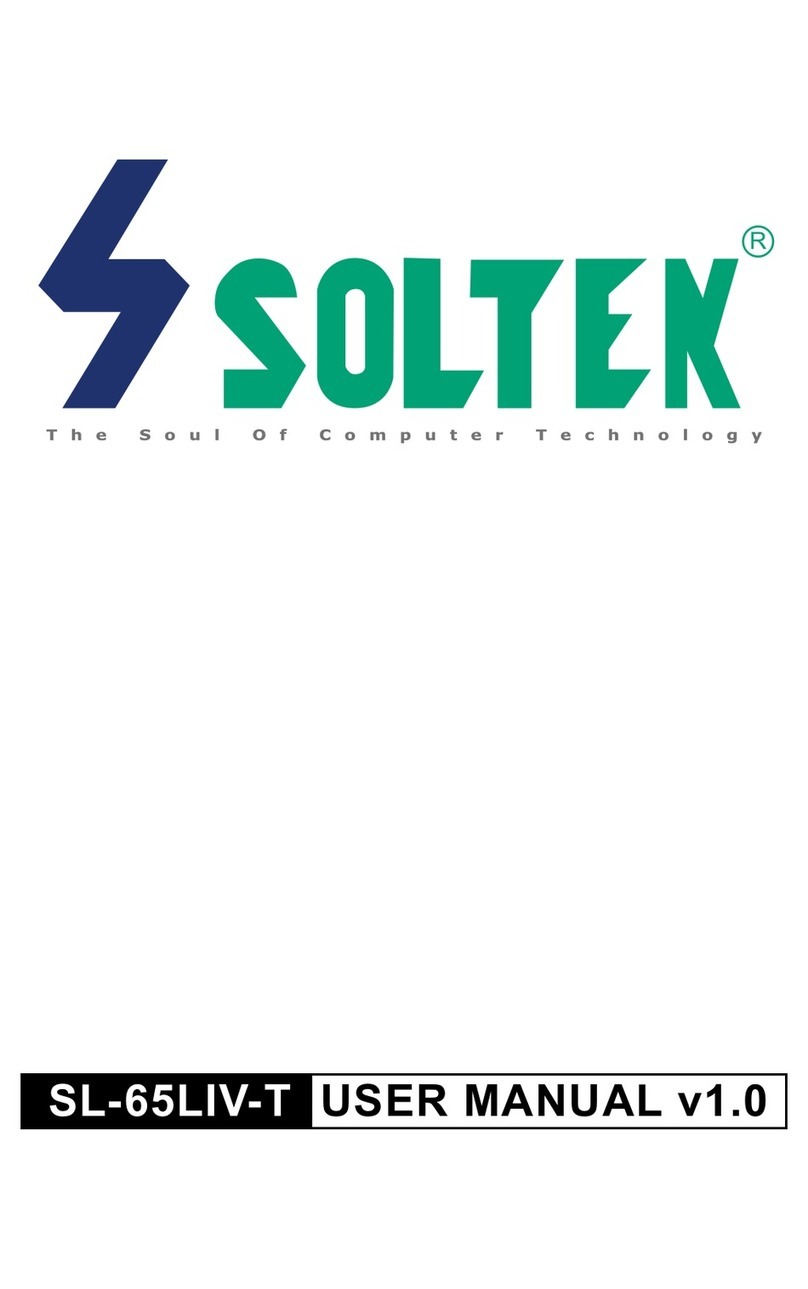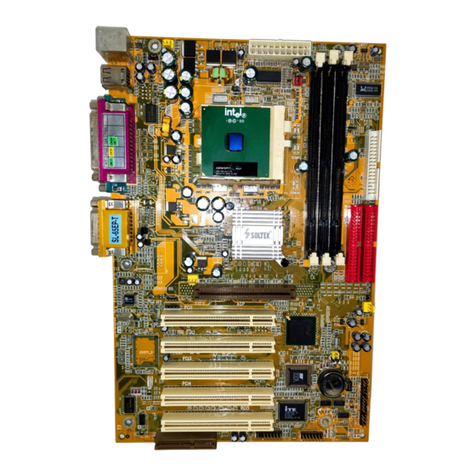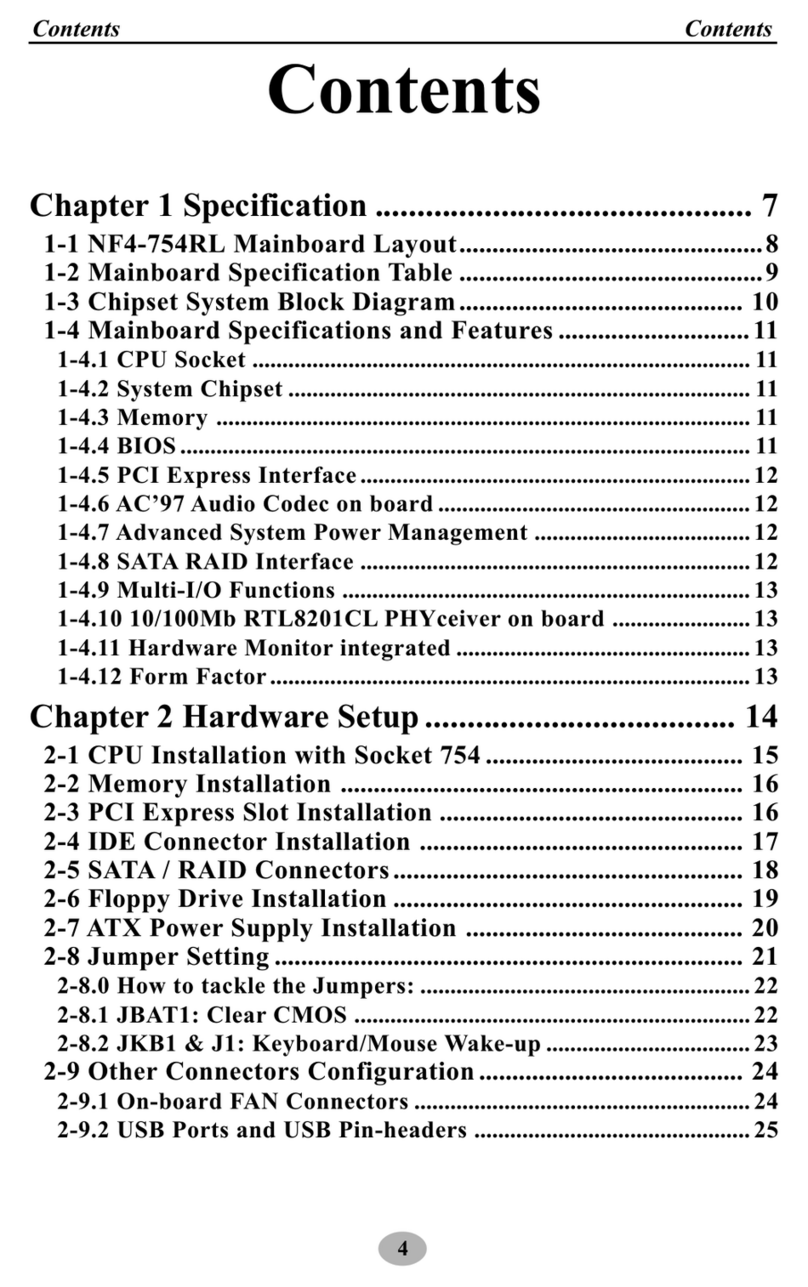SOLTEK 85ERV User manual
Other SOLTEK Motherboard manuals
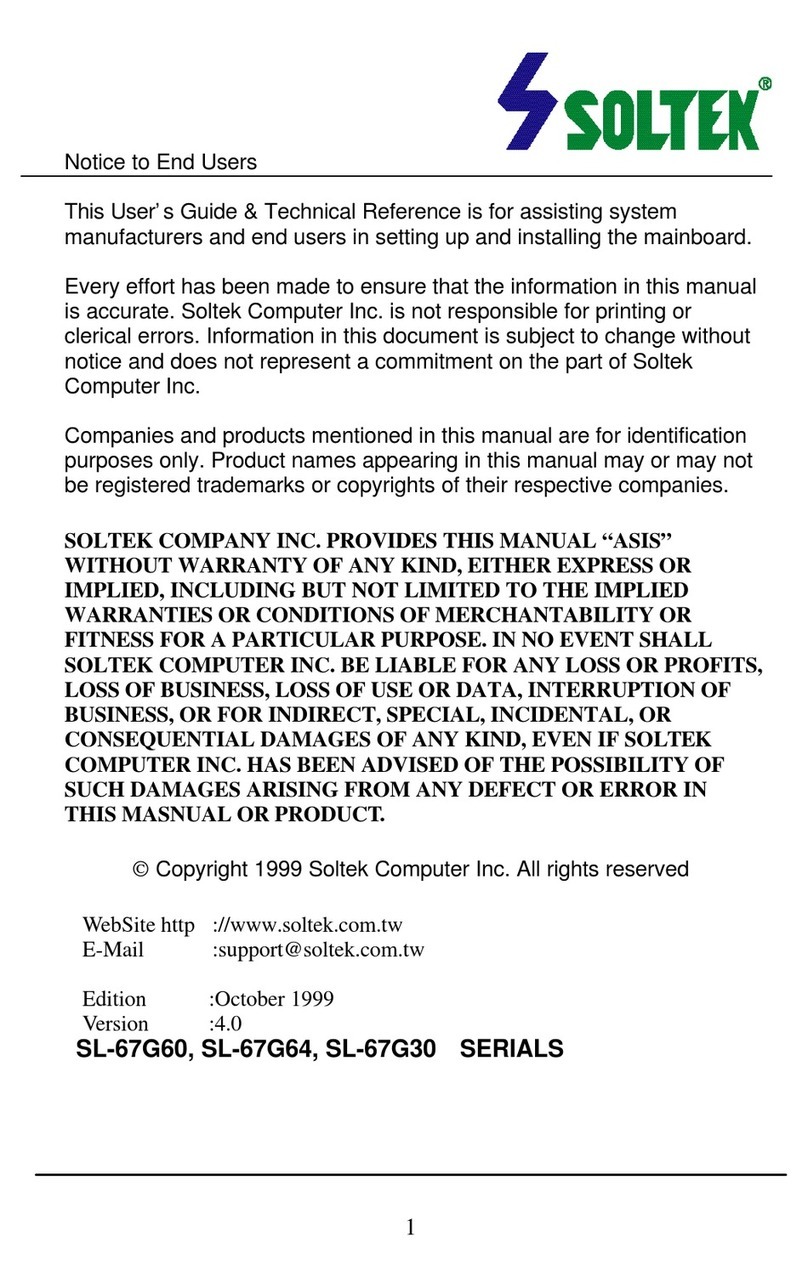
SOLTEK
SOLTEK SL-67G60 Use and care manual
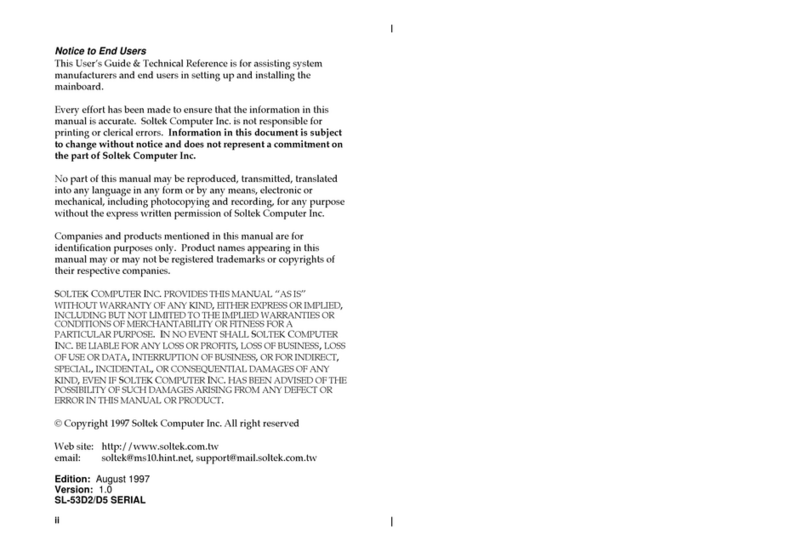
SOLTEK
SOLTEK SL-53D2 Use and care manual
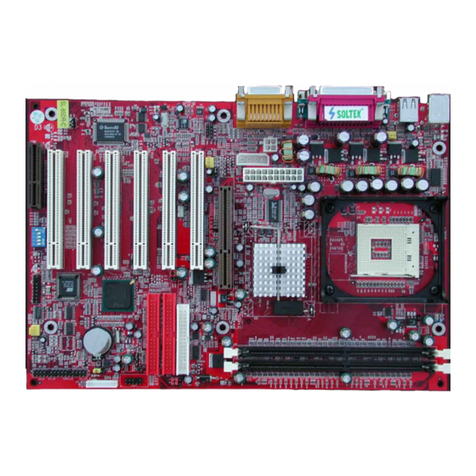
SOLTEK
SOLTEK SL-85DR-C User manual
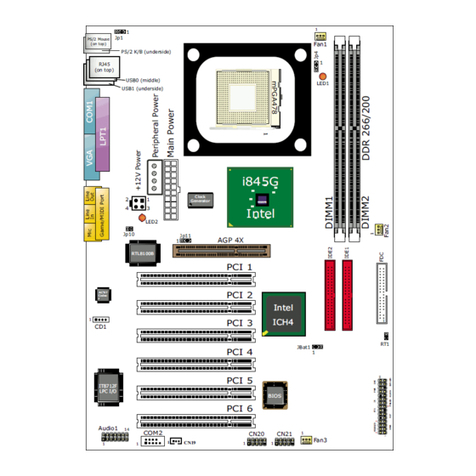
SOLTEK
SOLTEK SL-85MR2 User manual
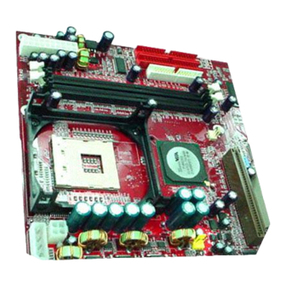
SOLTEK
SOLTEK SL-85DIV User manual
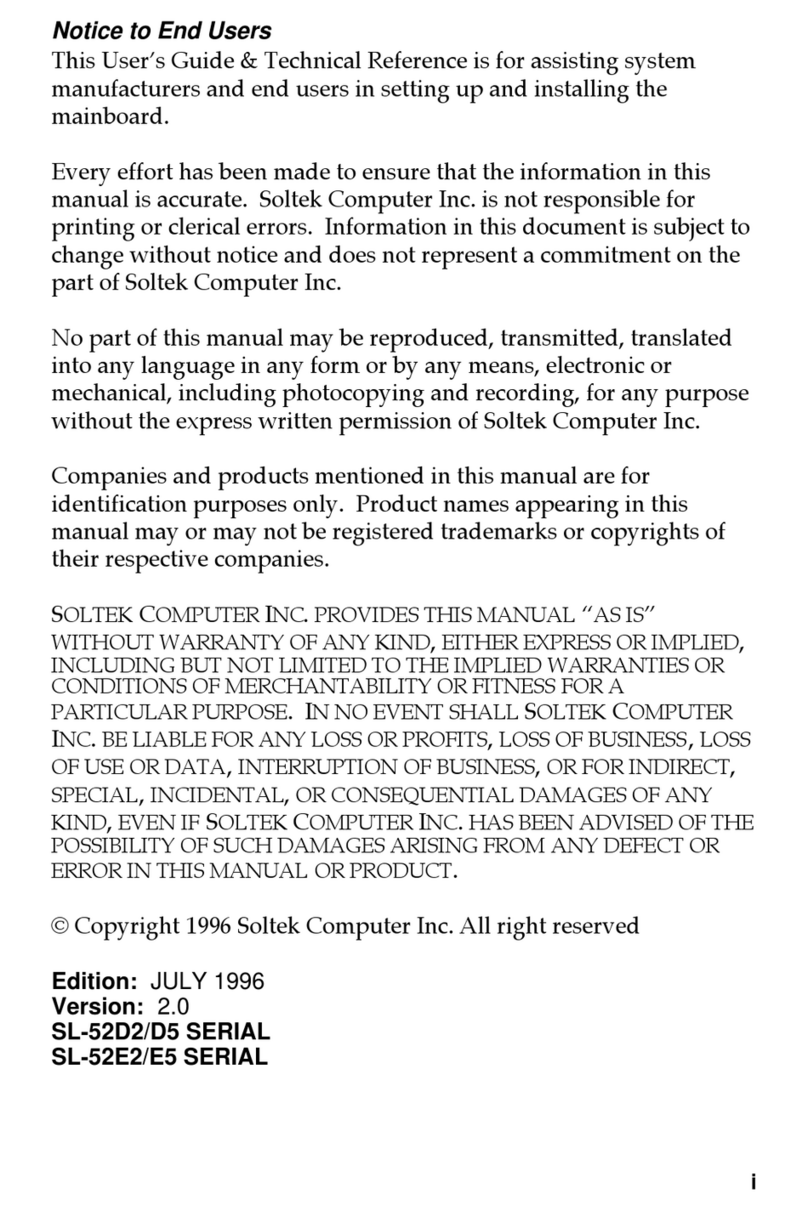
SOLTEK
SOLTEK SL-52D2 User manual
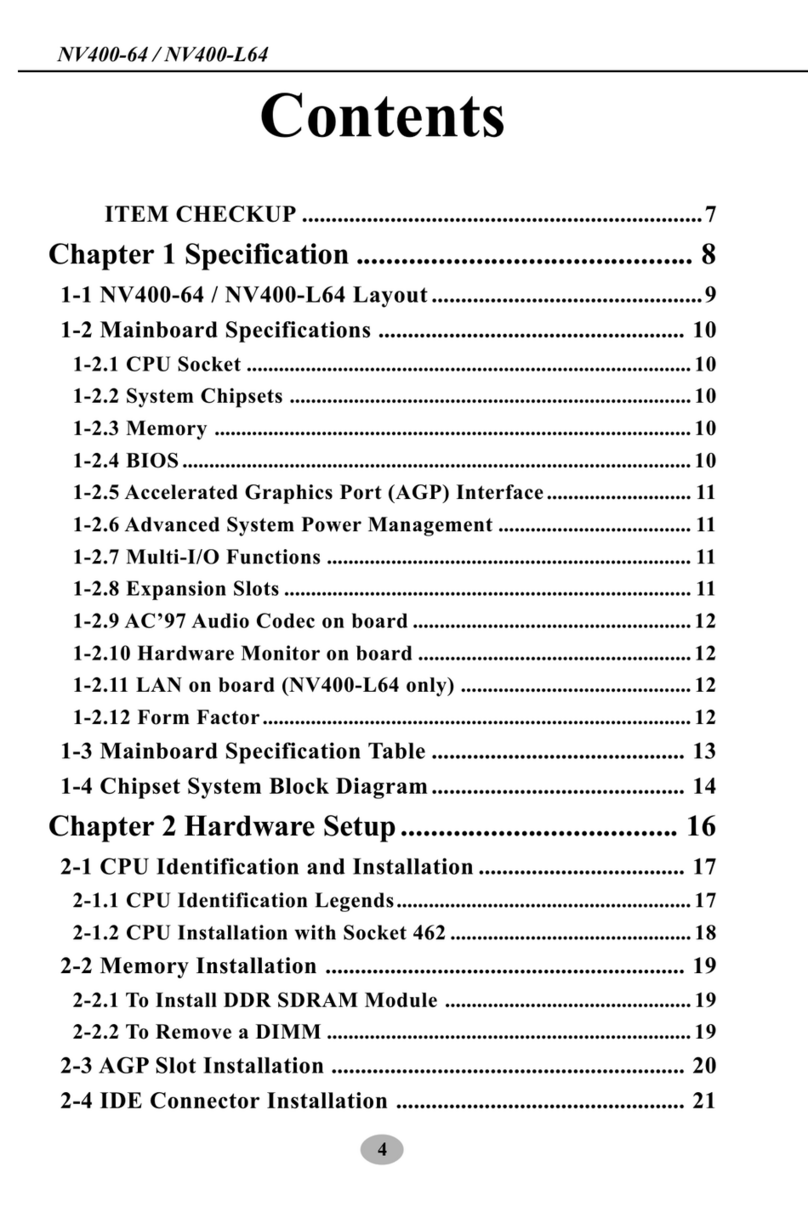
SOLTEK
SOLTEK NV400-64 User manual
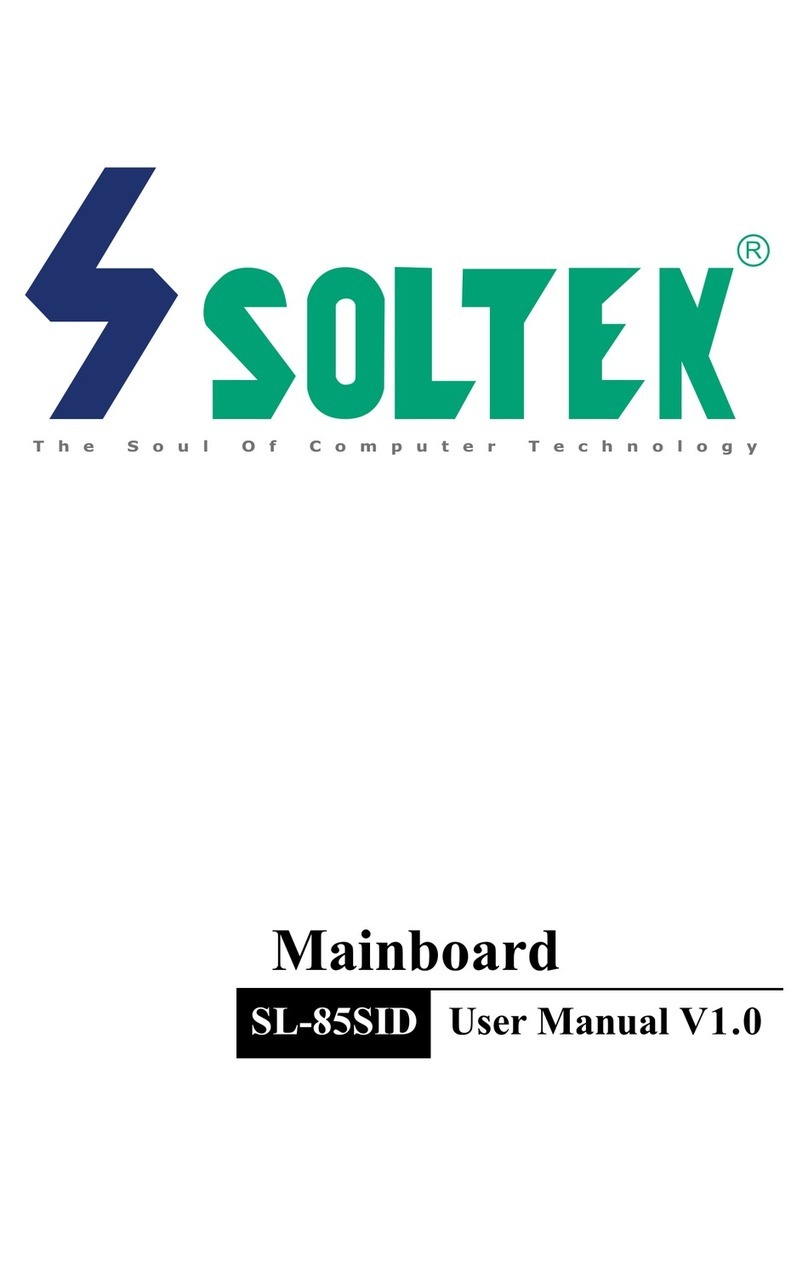
SOLTEK
SOLTEK SL-85SID User manual
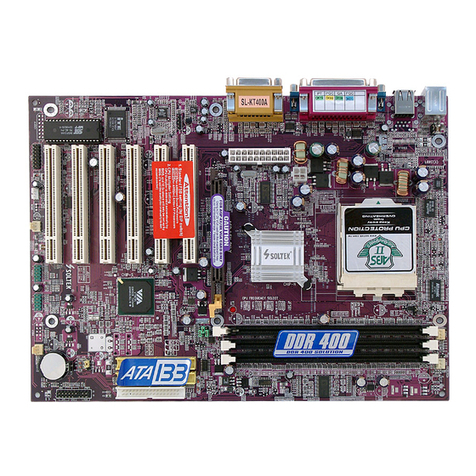
SOLTEK
SOLTEK KT400-R User manual
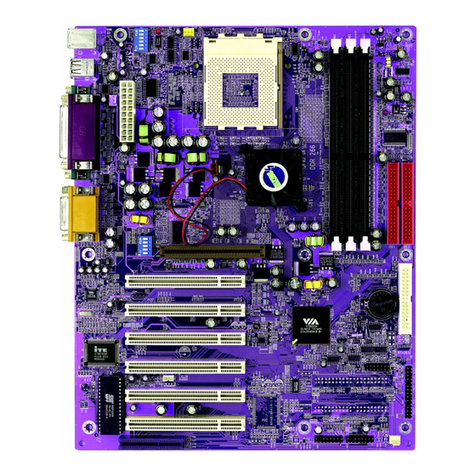
SOLTEK
SOLTEK SL-75ERV User manual
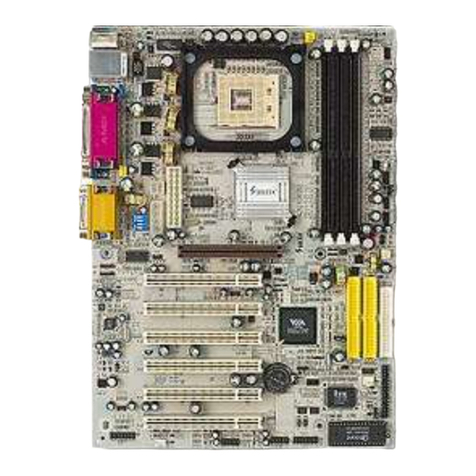
SOLTEK
SOLTEK 85DRV5 User manual
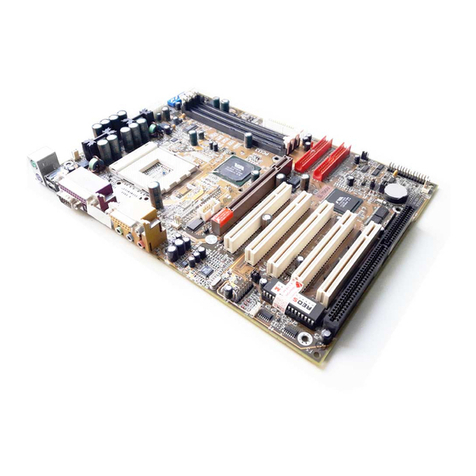
SOLTEK
SOLTEK SL-75KAV User manual

SOLTEK
SOLTEK 75DRV User manual
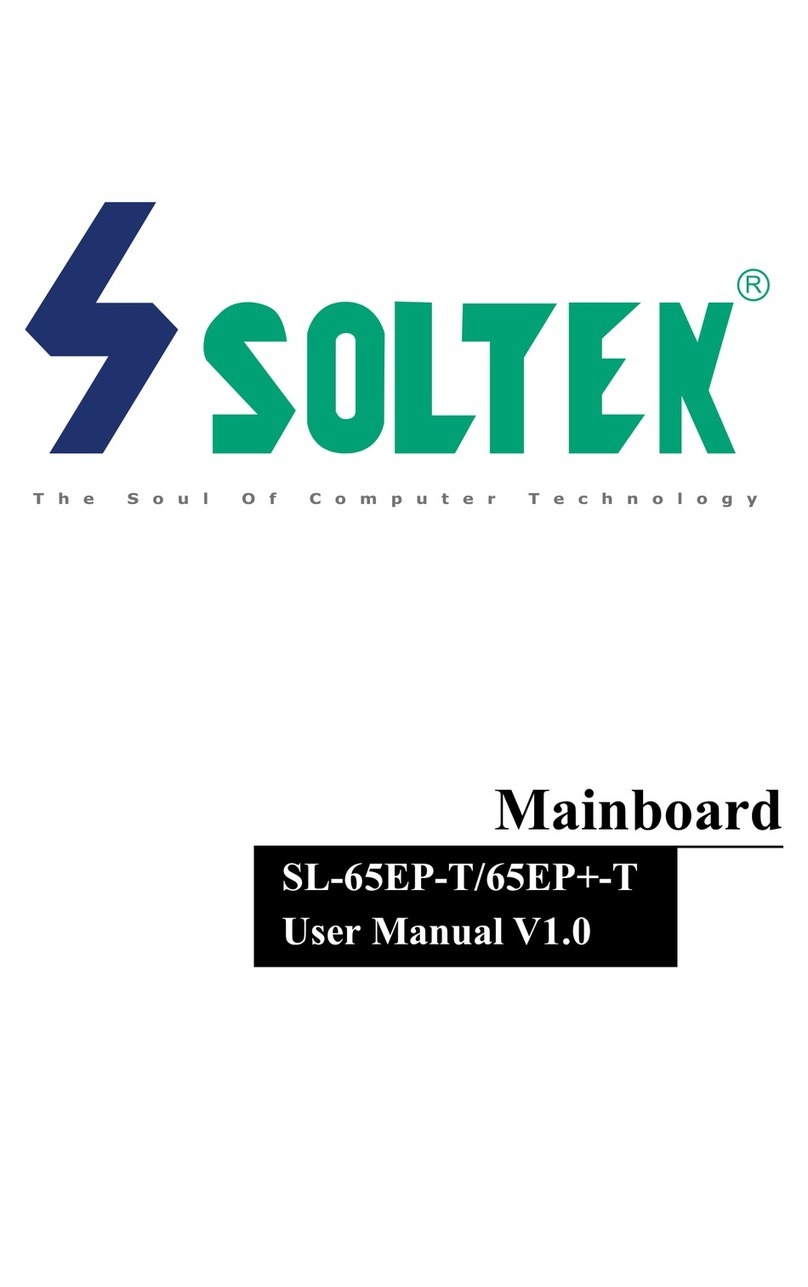
SOLTEK
SOLTEK SL-65EP+-T User manual
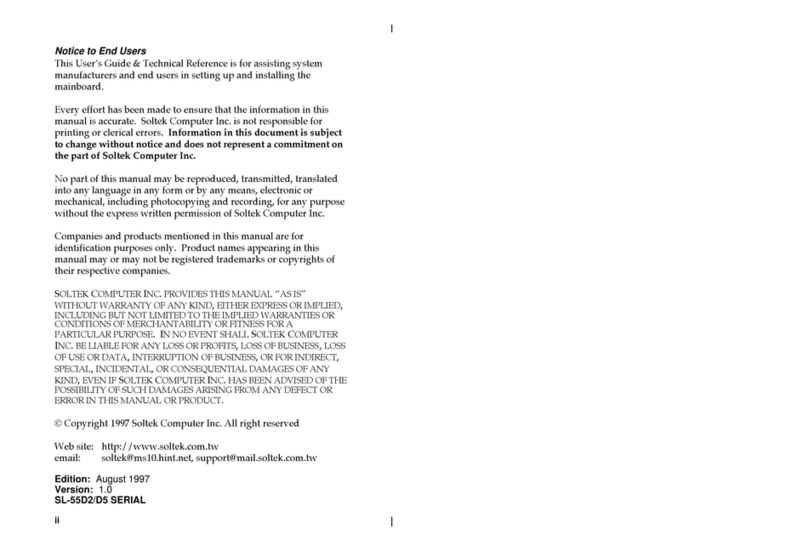
SOLTEK
SOLTEK SL-55D5 Use and care manual
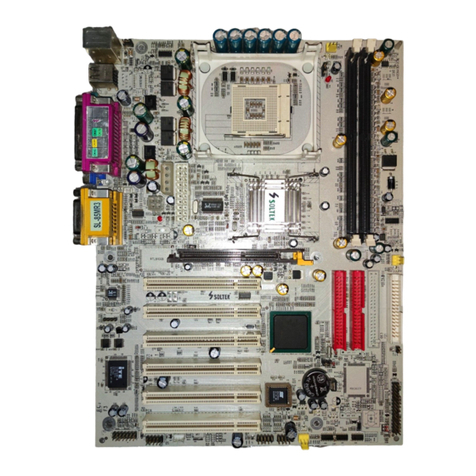
SOLTEK
SOLTEK 85MR3 User manual
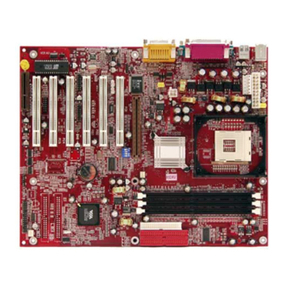
SOLTEK
SOLTEK SL-85DRV+ User manual
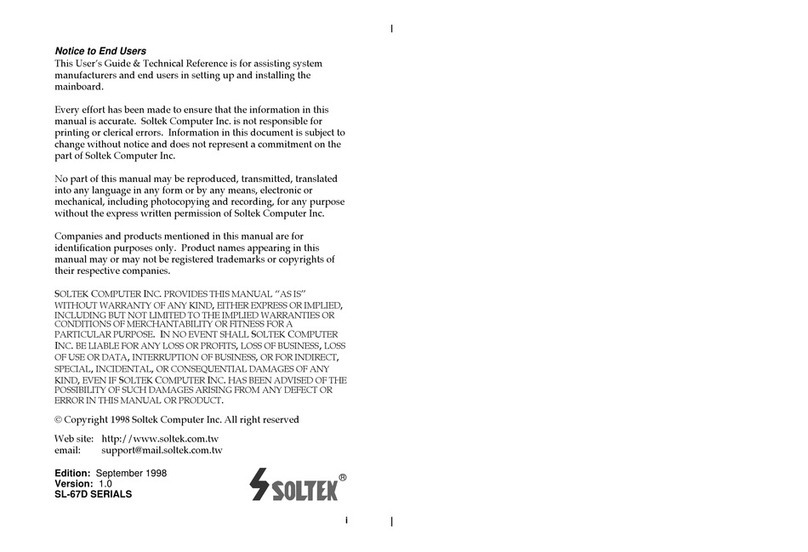
SOLTEK
SOLTEK SL-67D User manual
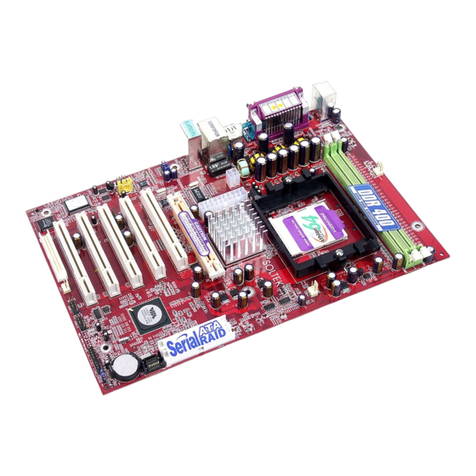
SOLTEK
SOLTEK 86SP3 User manual
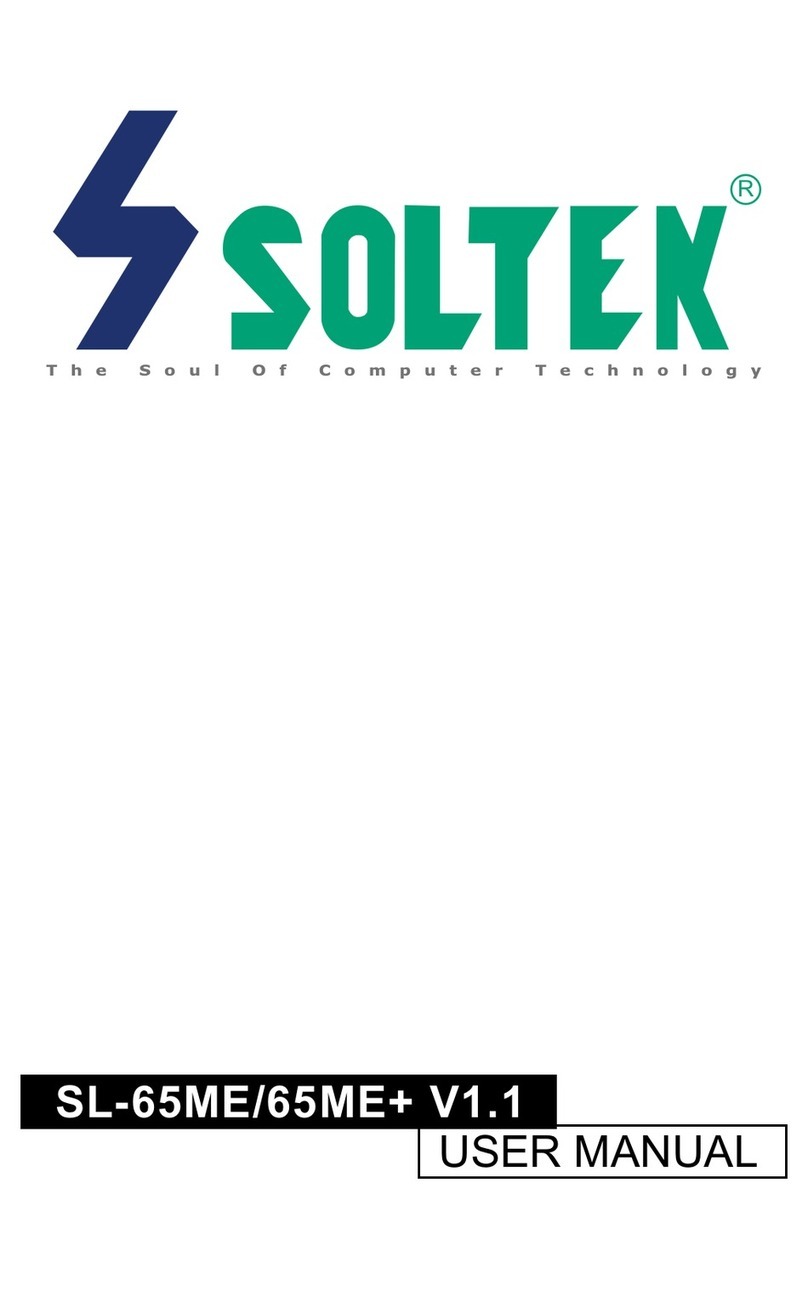
SOLTEK
SOLTEK SL-65ME User manual
